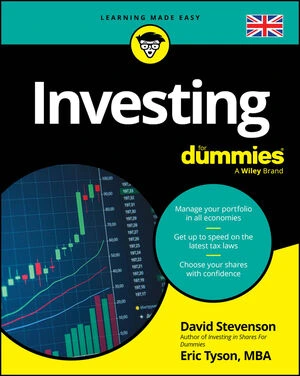Calculating interest can seem complex, especially when the terms "rate" and "yield" are involved. Right next to the annual percentage rate (APR) you often find the annual percentage yield (APY). The APY always is a higher percentage rate than the APR.
Computing simple interest is easy when using the following formula with these abbreviations and values: simple interest (I) = 5 percent, principal (P — your investment), APR (R) interest expressed as a decimal. In this case R = 0.12, P = $10,000, and Time (T) = 1 year.
Using the formula I = R x P x T, the simple interest for the amounts in the example are
I = $10,000 x 0.12 x 1
Therefore, I = $1,200
When analyzing which of several savings investments is best, you need to compare their annual rates of yield (APY). A higher APY usually offers the greater yield for investing. Interest can be compounded daily, monthly, or annually. How interest is compounded affects your APY (the amount of your return). APY takes into account the compounding of interest on already compounded interest. The following example shows the APY when interest is compounded monthly. APY is calculated by taking one plus the periodic rate and raising it to the number of periods in a year.
For example, using a standard compound sum of an annuity table, a 1 percent per month rate has an APY of 12.68 percent per year. Now your $10,000 investment is multiplied by the APY of 12.68 percent. Your investor’s return for the year is $1,268. The formula looks like this:
APY = $10,000 x .1268 = $1,268
Short-term investing means putting your money where it can make more money by earning interest. Unfortunately, to be able to get the reward of more interest, you must either take on more risk or invest for a longer period of time.
The following table compares different types of investments and indicates the range of interest rates they earn. When looking at these general guidelines, keep in mind that interest rates constantly fluctuate, and your personal tax situation affects how much your investments actually gain.
| Time Frame for Savings | Investment Type | APY (Annual Percentage Yield) |
|---|---|---|
| Less than a year | MMDAs, money market funds, CDs, and Treasuries that mature in less than one year | 0.02 to 1.7 percent |
| One to three years | MMDAs, money market funds, one- to three-year CDs, and Treasury securities | 1.7 to 3.0 percent |
| Three to five years | Three- to five-year CDs and Treasury securities | 3.0 to 4.3 percent |
| Five to seven years | Series EE savings bonds and Treasury securities | 3.9 to 4.3 percent |






